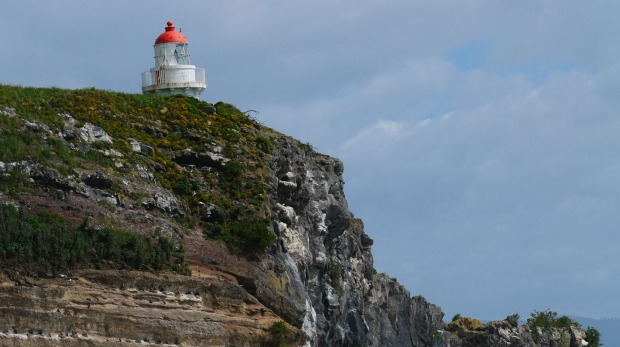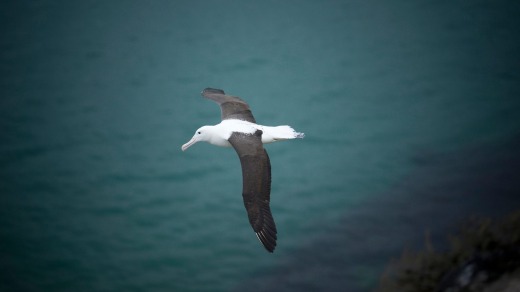
If Hollywood ever makes a biopic about an albatross (don't rule it out), Grandma would be the obvious choice. Most albatrosses have one mate and live for around 40 years. Grandma, however, had five husbands (three of whom she outlived and one she married twice) and gave birth to her last chick aged 62.
Grandma is something of a legend at the Royal Albatross Centre, a complex at the end of New Zealand's Otago Peninsula that protects the world's only mainland breeding colony of these magnificent seabirds. Royal albatrosses usually only breed on islands but for some reason a group has chosen the tip of this 20-kilometre-long finger of land near Dunedin in the South Island to return to year after year.
Taiaroa Head is now a wildlife reserve and thanks to the centre's conservation efforts, around 200 albatrosses visit each year. Protecting the birds' welfare is paramount, so the headland is surrounded by a rabbit-proof fence and each nest is closely monitored. A camouflaged viewing hide accessed by a concealed tunnel allows the birds to be observed without being disturbed.

Guide Suzanne starts our tour with a detailed explanation of the royal albatross's life cycle. To my surprise, this is much more interesting than it sounds. It turns out royal albatrosses are quite the poster birds for aviary equality. Not only does the male build the nest, but he also shares incubation duties with the female.
Once the chick has hatched, the parents take it in turns to go out and feed, returning from each trip with up to two kilograms of tasty regurgitated squid. After six months the chick is too fat to fly so they slim it down by reducing its food intake until it's so hungry it's forced to fly off in search of sustenance.
The parents then take a well-earned holiday. But not together. They spend a year flying separately around the globe, before reuniting to do it all again the following year.
Meanwhile the chick feeds off the coast of New Zealand for a year before heading to South America, where it spends a staggering five years at sea without ever touching land. The only solid ground a royal albatross sets foot on is the place where it was born.
Once they're ready to breed, birds return to the headland to find a mate. "They're like boy racers in cars," says Suzanne. "We had 15 recently doing laps in the air."
After watching a short video on the area's history (the headland was also an important Maori settlement), we head outside and walk quietly along the concealed pathway that leads to the hide.
Once inside, we soon spot five adults sitting patiently on their nests. The one-way glass means they can't see us but to be safe we're asked not to use flash photography or tap on the windows.
Unfortunately, there's very little wind today so there are no albatrosses in flight. However, occasionally one stands up to stretch its legs and we get a glimpse of its fluffy white chick.
Suzanne explains that during this critical time rangers will often "have to play God", replacing infertile eggs with fake ones to keep adults busy and even swapping chicks around if necessary. I'm surprised at this level of intervention but the results speak for themselves. Last year 24 chicks survived and left the headland. Without their involvement, this number would have been less than ten.
While albatrosses are the headland's star attraction, there is other wildlife to admire too. After the tour I stroll to neighbouring Pilot's Beach where a dozen fur seals are draped over the shoreline. The beach is also home to a colony of little blue penguins and the centre runs a tour to see them waddling back to their nests each night.
Just as I've resigned myself to not seeing an albatross in flight, the wind starts to pick up. I hang around the car park until finally I'm rewarded with the mesmerising sight of one soaring above the headland, effortlessly gliding and swooping on its three-metre wing span. Odds are it's one of Grandma's many, many grandchildren.
newzealand.com
Air New Zealand flies from Sydney and Melbourne to Dunedin via Christchurch. See airnewzealand.com.au.
Open daily from 11:30am. A one-hour Classic Albatross Tour costs $NZ45 for adults, $NZ15 for children. Bookings recommended. See albatross.org.nz.
Adventure South's seven-day South Island multi-activity adventure includes this tour plus visits to Stewart Island, the Catlins, Tasman Glacier and an overnight cruise on Doubtful Sound, from $NZ3295. Phone 1800 10 70 60, see adventuresouth.co.nz.